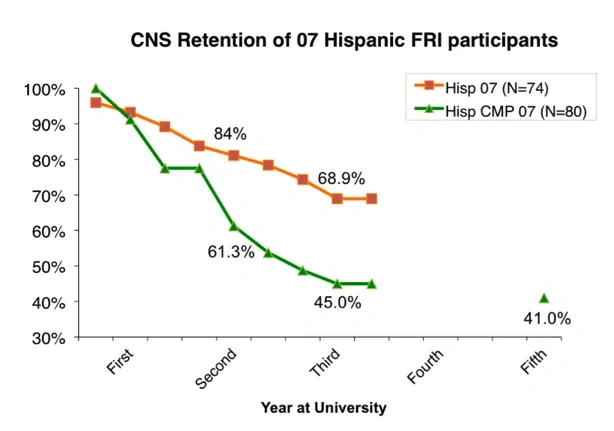"Victory or Death" Letter Returns to the Alamo—With Longhorns' Help
For decades, the letter proclaiming the Texas Revolution's most famous battle cry—“Victory or Death"—was hidden away in a little-known government building. Now, after 177 years, it's come home to the humble fort where it was penned: the Alamo.

On Feb. 24, 1836, as Santa Anna's soldiers surrounded the Alamo, Commander William Barret Travis took shelter inside the small fort and wrote a letter addressed "to the People of Texas and all the Americans in the World."
Travis described how Santa Anna had demanded that the Texans surrender or be killed, and he announced his refusal to give up: "...our flag still waves proudly from the walls—I shall never surrender or retreat." He then asked for reinforcements to join the battle before concluding, "I am determined to sustain myself as long as possible and die like a soldier who never forgets what is due to his own honor and that of his country—Victory or Death."
As every Texan schoolchild now learns, the reinforcements didn't arrive in time. Travis was killed along with all the other defenders at the Alamo. In total, about 189 Texans and 400-600 Mexicans died.
On Tuesday morning—177 years and two days later—a group of World War II veterans stood in front of Travis' letter, which is now sealed up in a hefty glass display case in the Alamo. One of the elderly men had been a copilot in the 1942 Doolittle Raid, a Tokyo air raid so dangerous that it was expected to be a suicide mission. As he read the letter, he was overcome with emotion.
"There've been a lot of stories like that," says Mark Loeffler of the more than 2,000 daily visitors who have flocked to the Alamo since Saturday, when the letter was put on display. "A lot of tears. The letter's message in 1836 was that freedom is worth dying for, that sometimes you have to sacrifice yourself for a greater cause. That message has resonated through the ages, and it still resonates."
Loeffler, BA ’91, is the communications director at the Texas General Land Office, which oversees the Alamo. He's also the brains behind the Travis letter's return to its birthplace. For decades, the letter was squirreled away in a file folder at the Texas State Library and Archives Commission in downtown Austin. It was sometimes displayed in the building, but few members of the public knew about it.
Loeffler didn't think that was right. "This is a document that belongs to the people," he says. "The state library and the land office are just custodians of documents owned by the people of Texas."
So in 2011, when the General Land Office became the Alamo's custodian, Loeffler took his idea to land commissioner Jerry Patterson, whom he calls "a big history buff." After two years of negotiations with various state entities, an arrangement was worked out to display the letter at the Alamo from Feb. 23-March 7. It's a short exhibition, which Loeffler says is partially because of concerns over protecting the extremely valuable letter. The dates were also planned to roughly coincide with the 177th anniversary of the battle.
Loeffler wasn't the only Longhorn who helped send the letter back to San Antonio. State Rep. Mike Villarreal, a doctoral student in the LBJ School of Public Affairs, and State Sen. Leticia Van de Putte, BS ’79, also passed House and Senate resolutions recognizing the letter.
The second half of the Travis Letter. Photo courtesy Jim Suydam / Texas State Library and Archives Commission.






